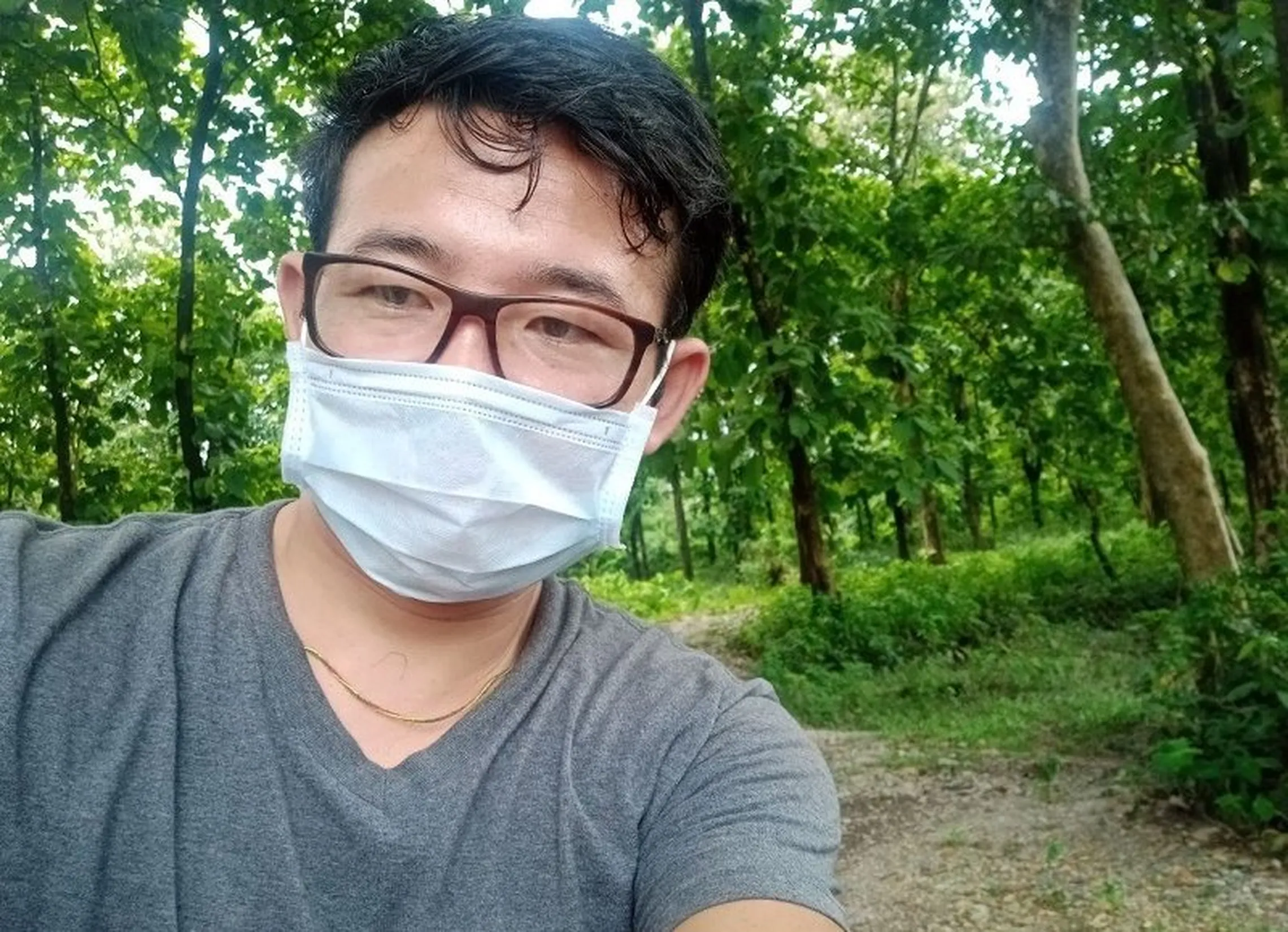Pabjee village
Proof that sanitation and hygiene improvements - no matter the distance and age - is possible: a story by Men Singh Lepcha, Health Assistant, Lhamoyzingkha Hospital.

In a little over a year, the remote and tiny village of Pabjee, which is predominantly populated by senior residents, became the first village in Lhmaoyzingkja’s gewog (group of villages) to gain 100% improved sanitation. In this blog, Health Assistant Men Singh Lepcha shares a timeline of Pabjee village’s sanitation success.
Pabjee village in Bhutan is one of the most remote villages in Lhamoyzingkja dungkhag (sub-district). It is home to only 11 households, with members mainly of senior age. Life is simple in Pabjee. Only one villager, the Chipon (local leader), owns a smart phone. In 2019, pour flush toilets were nowhere to be found. In a little over a year, all households replaced their basic toilets with improved facilities.[1]
It was in February 2019 when I went to Pabjee for the first time. Accompanied by a Village Health Worker, I conducted a household survey to gain a better understanding of the village’s sanitation and hygiene conditions and needs. During my visit, it struck me that majority – with the exemption of the local leader – did not own a mobile device. There appeared to be need nor demand for it. Similarly, although pour flush toilets were already being installed in many places in Bhutan, villagers were still making do with their basic toilets.
In less than eight months, I returned to Pabjee in October 2019 to conduct the Community Development for Health (CDH) workshop. Each household was represented at the CDH. Throughout the workshop, household participants discovered the pros and cons of using pit latrines. The level of enthusiasm was infectious, the level of participation high. I left Pabjee hopeful – hopeful that lessons gained from the workshop would translate into practice.

Men Singh Lepcha, Health Assistant, Lhamoyzingkha Hospital
In 2020, one full year after my first visit, I returned to Pabjee for the third time: same place, same time (February 2020), to conduct Pabjee’s annual household survey. On that trip I received the most pleasing news: Out of 11 households, 10 had constructed a pour flush toilet and one put up a cemented pour flush toilet (a cemented toilet without a water seal).
My unforgettable experience in Pabjee made me realise that no barrier can deter progress in as long as there is willingness in the hearts of people to want this progress. For me, Pabjee stands as a great example of community success, strong commitments, and values. The people of Pabjee demonstrated what His Majesty the King always talks about.
‘it is not a question of whether we can do something or not, whether we have enough or not, whether we are permitted or not. The question is, are we going to do it or not.’- His Majesty the King, Royal Kingdom of Bhutan
Pabjee was the first village to achieve 100% improved sanitation in Lhamoyzingkha gewog. I could not be prouder of their achievement and the dedication of Pabjee’s residents.[2]
Notes
[1] In Dagana, Central, sanitation and hygiene interventions are supported by SNV, with financing from the Australian Government’s Water for Women Fund.
[2] This story is part of an SNV in Bhutan SSH4A blog series by local government, health care, and community partners. In this series, partners reflect on the success of Community Development Health (CDH) workshops in encouraging villages, sub-districts, and whole districts to prioritise their sanitation and hygiene conditions.
We’d love to hear from you
Contact SNV's Water Team in Bhutan if you're interested to exchange or learn more about effective WASH behavioural change methodologies implemented nationwide.